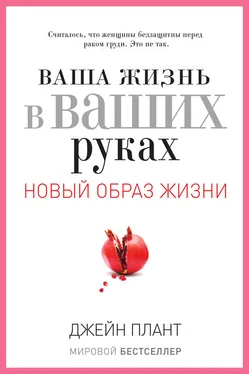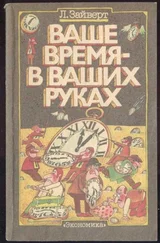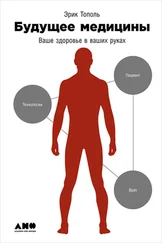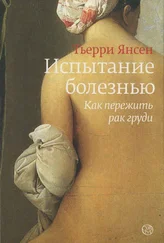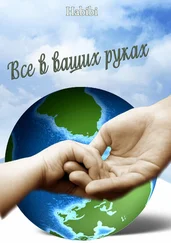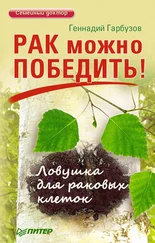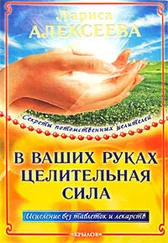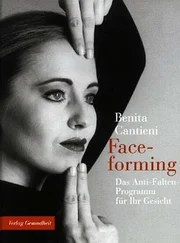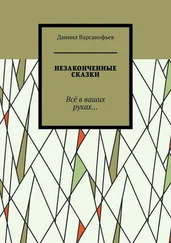7. Lockwood, K., Moesgaard, S., Hanioka, Т., and Folkers, K., 1994. Apparent partial remission of breast cancer in chigh risk’ patients supplemented with nutritional antioxidants, essential fatty acids and coenzyme Qi 0. Mol Aspects Med, 15, Suppls, 231–240. See also: Lockwood, K., Moesgaard, S. and Folkers, K., 1994. Partial and complete regression of breast cancer in patients in relation to dosage of coenzyme Q 10. Biochemical and Biophysical Research Communications, 199, 3, 30 March, 1504–1508. See also: Lockwood, K., Moesgaard, S„Yamamoto, T. and Folkers, K., 1995. Progress on therapy of breast cancer with vitamin Q 10and the regression of metastases. Biochemical and Biophysical Research Communications, 212, 1, 172–177.
8. Monographs on the Evaluation of the Carcinogenic Risk of Chemicals to Man, 1982. Geneva: World Health Organization, International Agency for Research on Cancer, 1972 – present. (Multivolume work). V29, p. 282. See also Osihi, Shinshi, 1990. Effects of phthalic acid esters on testicular mitochondrial functions in the rat Archives of Toxicology , March, V64 n2, p. 143 (5).
9. Holland, J C., 1996. Cancer’s Psychological Challenges. Scientific American , Special Issue, What you need to know about Cancer, September, 275, 3, 158–161.
10. Heason, P., Deep Relaxation available from 37 Tollerton Lane, Tollerton, Nottingham.
11. Based on Holland, J C., 1996. Cancer’s Psychological Challenges. Scientific American , Special Issue, What you need to know about Cancer, September, 275, 3, 158–161.
12. Trichopoulos, Dimitrios, Li, Frederick, P. and Hunter, David J., 1996. What Causes Cancer? Scientific American, Special Issue, What you need to know about Cancer, September, 275, 3, 80–85.
13. Levy, Len, 1998, Biomed II: Exposure to low-level benzene, p. 76. In: Institute for Environment and Health , Annual Report. 100 pp.
14. Pearson, J.K., 2000. The Air Quality Challenge , American Society of Automotive Engineers and HMSO.
15. North Atlantic Treaty Organisation, 1988. International Toxicity Equivalency Factor (I-TEF) method of risk assessment for complex mixtures of dioxins and related compounds. Pilot study on international information exchange on dioxins and related compounds. CCMS Report Number 176, Environmental Protection Agency, Washington DC, USA. Department of Health, 1995. Statement by the Committee on Toxicity of Chemicals in Food, Consumer Products and the Environment on the US EPA draft, health assessment document for 2,3,7,8-tetrachlorodibenzo-p-dioxin (TCDD) and related compounds. Dept of Health, London.
16. EPA Dioxin Reassessment Summary, 1994 4/94 – Vol. 1, CERI/ORD Publication Centre, USEPA.
17. MAFF, 1997. Dioxins and PCBs in retail cows’ milk in England. Food Surveillance No. 136, December, Ministry of Agriculture, Fisheries and Food, London.
18. Tanabe, S., 1988. PCB Problems in the Future: Foresight from Current Knowledge. Environmental Pollution , 50, 5-28.
19. Department of the Environment, 1989. Dioxins in the Environment Pollution Paper , No. 27, HMSO, London.
20. MAFF, 1997. Dioxins and Polychlorinated Biphenyls in Fish Oil Dietary Supplements and Licensed Medicines. Food Surveillance Information Sheet , № 106, Ministry of Agriculture, Fisheries and Food, London.
21. MAFF, 1996. Dioxins In Human Milk. Food Surveillance Information Sheet , № 88, Ministry of Agriculture, Fisheries and Food, London.
22. MAFF, 1996. Polychlorinated Biphenyls in Food – UK Dietary Intakes. Food Surveillance Information Sheet , № 89, Ministry of Agriculture, Fisheries and Food, London.
23. Environmental Endocrine Disruptors: A Handbook of Property Data , John Wiley and Sons.
24. Shin, R.J. and others, 1999. Development of a bioassay system for identification of Endocrine Disrupters. Proc 2nd Intern. Symp. On Advanced Env. Monitoring, Kwangju, Korea.
25. Soto, A.M. and others, 1992. An in culture bioassay to assess the estrogenicity of xenobiotics. In: Chemically-induced alterations in sexual and functional development. The wildlife/ human connection. Vol. 21, Colborn T.C, Clement ed., Princeton Scientific Publishing, 295–309. See also: Soto, A.M. and others, 1995. The E-SCREEN assay as a tool to Identify estrogens: An update on estrogenic environmental pollutants. In: Estrogens in the Environment, Environmental Health Perspectives ,113–122.
26. Davis, Devra Lee, Axelrod, Deborah, Osborne, Michael P. and Telang, Nitin Т., 1997. Environmental influences on Breast Cancer Risk, World Resources Institute, Washington, DC, USA, Science and Medicine. May/June.
27. Colborn, Т., Dumanoski, D. and Myers, J.P., 1996. Our Stolen Futures , Dutton, Penguin Books, USA.
28. Dyson, Т., 1999. Prospects for feeding the world. British Medical Journal , 319, 988–991.
29. Reuters, 8 October 1998.
30. McMurry, Laura М., Oethinger, Margaret, Levy, Stuart B., 1998. Triclosan targets lipid synthesis. Nature , 394, 6693, 531–532.
31. Trichopoulos, Dimitrios, Li, Frederick, V. and Hunter, David J, 1996. What Causes Cancer? Scientific American , Special Issue, What you need to know about Cancer, September, 275, 3, 80–85.
1. Campbell, T.C. and Junshi, C., 1994. Diet and chronic degenerative disease perspectives from China. Am. J Clin. Nutr , 59, Suppl., 11 535-11 615.
2. Packham, D.E., 1999. Impacts of Commercialisation and Privatisation on Capabilities for Scientific Advice, Oracles or Scapegoats? IPMS Conference notes. October.
3. Packham, D.E., 1999. Impacts of Commercialisation and Privatisation on Capabilities for Scientific Advice, Oracles or Scapegoats? IPMS Conference notes, October.
4. Association of University Teachers. Efficiency Gains or Quality Losses? 1996 (Based on DfEE and Welsh Office figures).
5. Bok, D., 1990. In: Universities and the Future of America, Duke University Press, Durham NC.
6. Glantz, S.A., 1996. Times Higher Education Supplement , 6 September, p. 15. and Glantz, S.A.,Slade, J., Bero, L.A., Hanauer, P. and Barnes, D.E., 1996. The Cigarette Papers , University of California Press.
7. Packham, D.E., 1999. Impacts of Commercialisation and Privatisation on Capabilities for Scientific Advice, Oracles or Scapegoats? IPMS Conference notes, October. See also: Packham, David and Tasker, Mary, 1997. Industry and the academy – a Faustian contract. Industry and Higher Education , April, 85–90.
8. Packham, D.E., 1999. Impacts of Commercialisation and Privatisation on Capabilities for Scientific Advice, Oracles or Scapegoats? IPMS Conference notes, October. See also: Packham,
David and Tasker, Mary, 1997. Industry and the academy– a Faustian contract. Industry and Higher Education , April, 85–90.
9. Jasanoff, S., 1997. Civilization and madness: the great BSE scare of 1996. Public Understand. Sei. 6, 221–232.
10. McMichael, A.J. and Powles, J.W, 1999. Human numbers, environment, sustainability and health. British Medical Journal , 319, 9 October, 977–980.
1. www.nlm.nih.gov/medlineplus/ency/article/002919.htm
2. McKenna, Claire, 2002. UK has highest reduction in deaths from lung and breast cancer. BMJ , 325, 63.
3. Irwig, Les, 2006. Evaluating new screening tests for breast cancer. BMJ , 332, 678–679.
4. Anon, 2006. Screening for breast cancer. BMJ , 332, 499–500.
5. www.nlm.nih.gov/medineplus/ency/article/002919.htm
Читать дальше
Конец ознакомительного отрывка
Купить книгу
